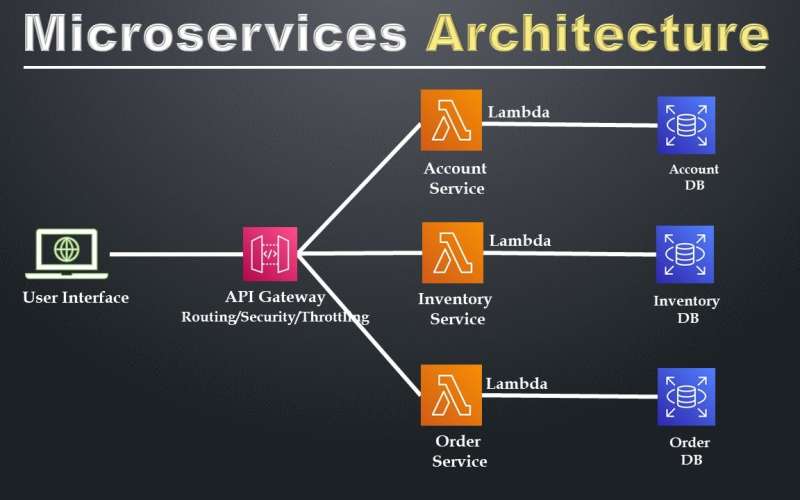Microservices Architecture: Benefits & Implementation Best Practices

Microservices architecture enhances scalability, flexibility, and deployment. Learn its benefits, best practices, and implementation strategies.
What is Microservices Architecture?
Microservices Architecture is a software development approach that structures applications as a collection of loosely coupled, independently deployable services. Each microservice focuses on a specific business function and communicates with others through APIs. This approach enhances scalability, flexibility, and development efficiency, making it a popular choice for modern cloud-based applications.
Why Should You Use Microservices Architecture?
- Scalability: Each service can be scaled independently based on demand.
- Flexibility: Developers can use different technologies for different services.
- Faster Development & Deployment: Enables continuous integration and delivery (CI/CD).
- Fault Isolation: Issues in one microservice do not impact the entire application.
- Improved Maintainability: Easier updates and modifications without affecting the whole system.
How to Implement Microservices Architecture?
- Define Microservices Boundaries: Identify individual services based on business functions.
- Choose the Right Technology Stack: Select programming languages, frameworks, and cloud platforms.
- Use API Gateways: Manage communication between microservices securely.
- Implement Service Discovery & Load Balancing: Ensure efficient traffic routing using tools like Kubernetes.
- Enable Distributed Data Management: Use databases suited for microservices, such as NoSQL or event-driven storage.
- Ensure Security & Authentication: Implement OAuth, JWT, and API security best practices.
- Monitor & Log Performance: Utilize monitoring tools like Prometheus, ELK Stack, or Grafana.
Best Practices for Microservices Implementation
- Follow Domain-Driven Design (DDD): Organize services based on business domains.
- Use Containerization & Orchestration: Deploy microservices using Docker and Kubernetes.
- Adopt an Event-Driven Approach: Use messaging systems like Kafka for asynchronous communication.
- Ensure Data Consistency: Implement eventual consistency instead of strong database coupling.
- Automate Testing & Deployment: Use CI/CD pipelines for efficient software delivery.
Challenges of Microservices & How to Overcome Them
- Complexity: Requires proper planning and monitoring tools.
- Security Risks: Implement strong authentication and encryption.
- Data Management: Use distributed databases and caching techniques.
- Service Communication: Optimize APIs with RESTful or GraphQL approaches.
Microservices Developer Salary in India & US
- India: ₹8 LPA to ₹30 LPA, based on expertise and experience.
- United States: $100,000 to $180,000 per year, with higher salaries in cloud-native roles.
Conclusion & Future Prospects
Microservices architecture is the foundation of scalable and resilient cloud-native applications. As businesses shift towards digital transformation, expertise in microservices development is increasingly valuable. Future trends like serverless computing and AI-driven automation will further enhance the microservices ecosystem.
Keywords:
Microservices, microservices architecture, cloud-native development, scalability, API gateway, Kubernetes, Docker, CI/CD, domain-driven design, event-driven architecture, service discovery, NoSQL, REST API, distributed systems, DevOps.



Write A Comment
No Comments